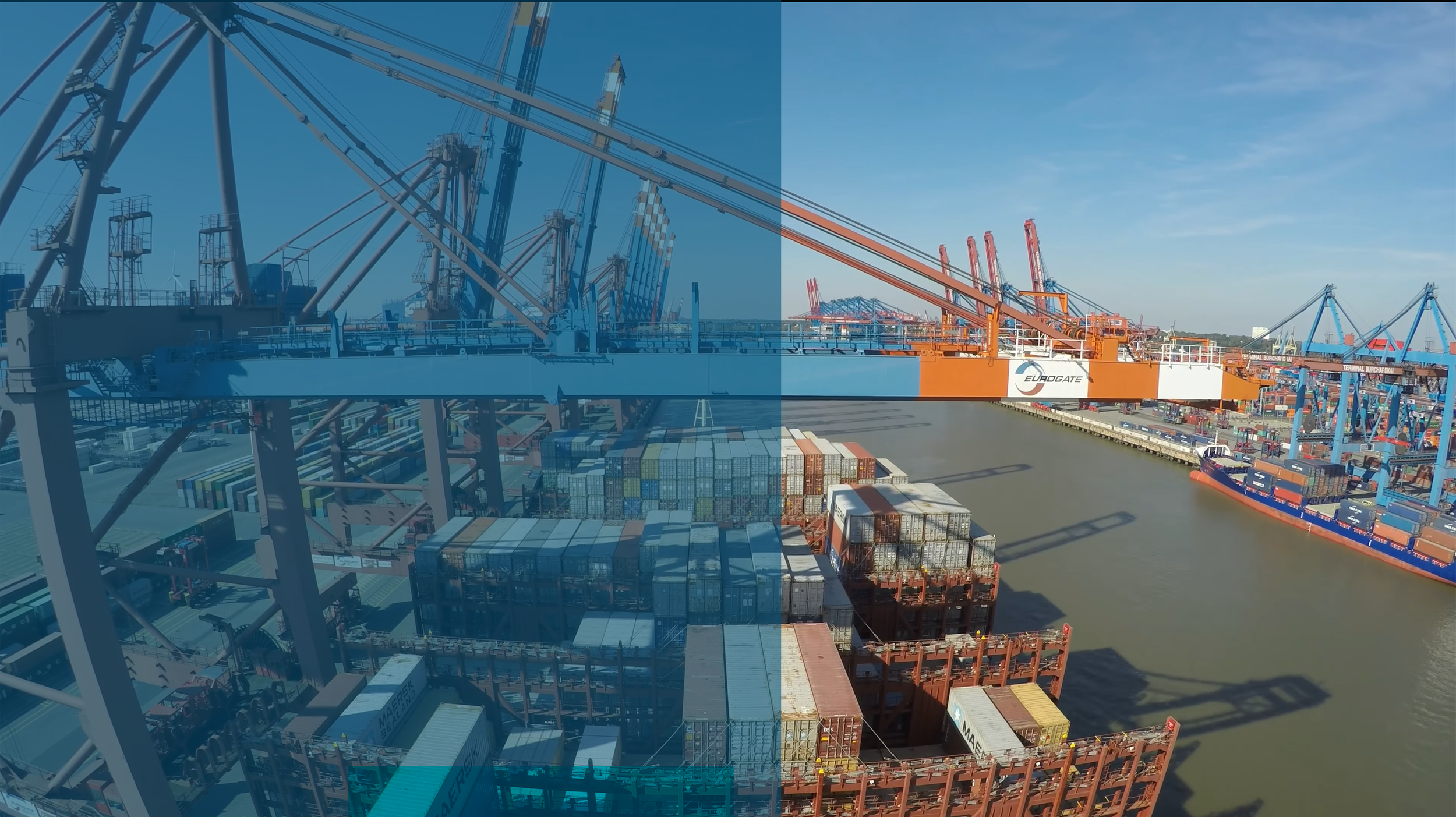
Enabling Measurement
It’s about measuring capacity, not lead or lag
How do you measure safety?
Organisations have a legal obligation to provide a safe and healthy working environment. To do this, they need to be able to measure safety and set measurable safety performance targets.
But here’s the thing – existing safety performance measures are outdated as they merely show performance as a snapshot in time.
What we need are predictive tools. Tools that provide powerful insights while fulfilling legal due diligence obligations. Tools that eliminate work-related injury and illness by helping to establish measurable objectives and targets that ensure continual improvement.
It’s about capacity
Many organisations are very attached to lead and lag measures. These measures often drive the management of measures, not intelligence into real performance and capacity. The research informs us that performance is driven by providing leaders with predictive operational intelligence. The measures need to enable human performance and control effectiveness.
We’ve developed three enabling safety performance measurement tools:
ResiliScore®
Control Effectiveness Assessment
Due Diligence Index – Safety (DDI-S).
While conventional safety focuses on managing constraints and preventing deviations, enabling safety fosters a deep understanding of human performance to address what helps and hinders work, to deliver safe and productive workplaces.
Let’s rewrite how safety is measured, understood and practised, together.
As pioneers of doing work differently, Art of Work has collaborated with Clyde & Co and Prof. Sidney Dekker of Griffith University to develop the Due Diligence Index – Safety (DDI-S): a safety performance measurement tool engineered to provide a credible replacement for conventional lag indicators.
DDI-S is designed to support executive-level decision-making and fulfil statutory due diligence obligations. Traditional after-the-fact reporting measures such as Total Recordable Injury Frequency Rates (TRIFR) and Lost Time Injury Frequency Rates (LTIFR) do not generate a complete picture of the health and safety activity that a board is required to oversee.
The benefits:
Single metric output for easy interpretation
Ability to drill down into the underlying data
Calibrate to the specific performance objectives of your team

ResiliScore®
Enabling human performance and operational resilience
Improving safety by aligning organisational strengths requires a shift in thinking from ‘constraining’ to ‘enabling’. How do we enable as many things as possible to go right under varying conditions?
To measure the presence of ‘capacity to succeed’, we use ResiliScore®. This innovative tool measures what helps and hinders work. It enables dynamic measurement of work as done, giving management real-time metrics for the components of work that facilitate success and those that cause pressure points on the system.
Proactive vs reactive
ResiliScore® challenges the approach of measuring deviations and instead focuses on understanding performance.
The benefits:
Increased transparency of organisational experiences
Allows for proactive real-time identification of situations of stress and strength
Improved communication and engagement
Focus on improving human performance and setting people up for success

Due Diligence Index – Safety
The DDI-S is informed by an approach to health and safety that looks to build the capacity and resilience of an organisation, founded on engagement and trust with workers. It places people in an organisation at the heart of decision making and is framed by a philosophy that sees:
People as the solution, not the problem;
Safety as the presence of positives, not the absence of negatives; and
Safety as an ethical responsibility rather than a bureaucratic activity.
The DDI-S examines the extent of capacity building activity being undertaken in terms of reflecting on the investment the organisation has built up in the skills and capability of workers over and above the minimum competencies for their work. That is, the DDI-S provides an index on the extent of resourcing for enablers of safety.
Due Diligence Index Elements
The following are the 6 elements of Due Diligence subject of the DDI-S:
Know
Acquire & keep up-to-date knowledge of health and safety matters
Resource
Ensure the organisation has appropriate resources and processes in place to eliminate or minimise risks to health & safety
Monitor
Consider information regarding incidents, hazards and risks & respond in a timely way to that information
Comply
Ensure the organisation has processes in place to comply with all WHS duties and obligations under legislation (i.e. ensure legal compliance)
Understand
Understand the nature of the operations of the organisation and generally the hazards and risks associated with those operations
Verify
Personally & proactively verify the provision and use of the resources and processes outlined steps 3-5 above
Collaborate with us
We need to look beyond past incidents and focus on proactive risk management.
DDI-S brings together high-performance organisations in a collaborative programme to build a new standard in due diligence governance.
Art of Work invites you to collaborate with us as we continue to develop DDI-S. Mould the tool to reflect the specific needs of your company and help define a new industry standard. This programme is built on open collaboration principles, or ‘crowdsourcing’, under a creative commons non-commercial licence. Participants will have ongoing opportunities to contribute to the future development of the index and its supporting architecture.







